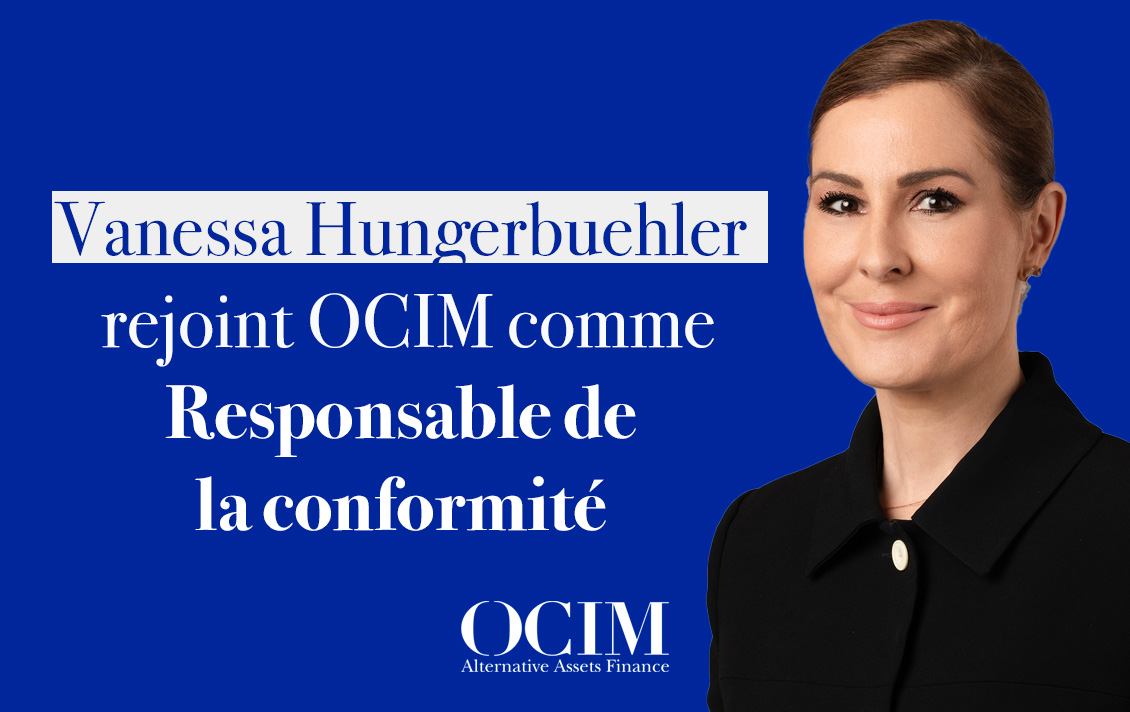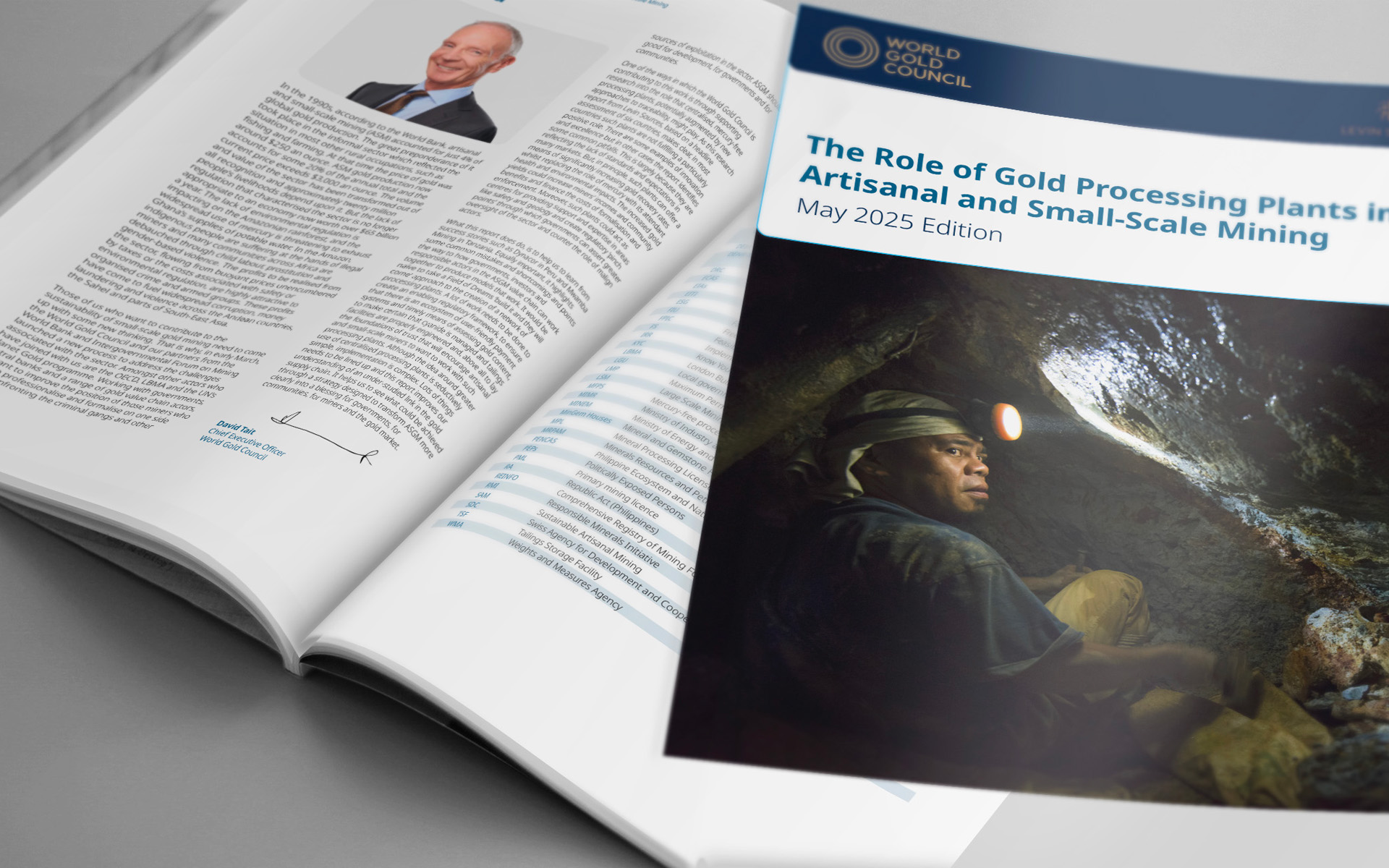Les enjeux ESG sont aussi de notre responsabilité
What does OCIM Metals bring to the mining industry?
OCIM Metals & Mining (OMM) supports players across the mining industry by providing alternative financing solutions precisely tailored to the industry itself.
These solutions are designed to meet the needs of companies, particularly when their risk profile discourages traditional banking lenders. In this way, we make it possible for mining projects to grow in a responsible manner.
How does your model benefit both the industry and stakeholders?
While we have a wide range of financial tools at our disposal, prepayment is at the heart of our value proposition. It’s non-dilutive and enables repayment in the raw material produced, rather than in currency.
This allows companies to spread their payments out based on production forecasts and transfers the exchange rate risk to us. The risk is thus limited to their operations, where they have full control and all the expertise needed for success, rather than extending it to the fluctuations of the market. This in turn helps stabilise and safeguard the assets put up as collateral.
In contrast to a predatory agreement, this type of financing gives the mining companies a great deal of leeway in terms of keeping its balance sheet in order, concentrating on its core business (extraction and production), and retaining a greater share of the value created, in order to fairly compensate stakeholders.
How does sustainability play into the mining industry?
Metals and sustainability intersect on two major points. First, they are an essential component for decarbonising and sustainably transforming the global economy.
This crucial role will continue to grow over the coming decades. However, this expansion raises the question of sustainability regarding mining methods and highlights the duty of mining companies to set an example in all three ESG categories.
The environmental issue is, of course, central. This concerns waste treatment, water management and the preservation of biodiversity.
Increases in production must also enable the millions of people who depend on mining for their livelihoods. The social component particularly looks at communities of miners and how to improve their living conditions in aspects like health, education, and legitimate legal employment.
Lastly, there are questions of governance and power relationships among the sector’s stakeholders. The issues of transparency and diversity will be at the heart of expectations going forward. It is the responsibility of each level of the mining value chain to take ownership of these issues. Whether public or private, transnational or local, many collective initiatives already exist to guide operators in adopting best practices on these issues. But it also and above all remains a question of individual will.






